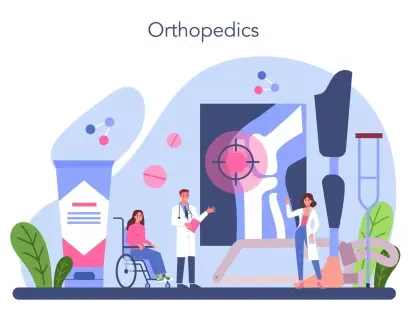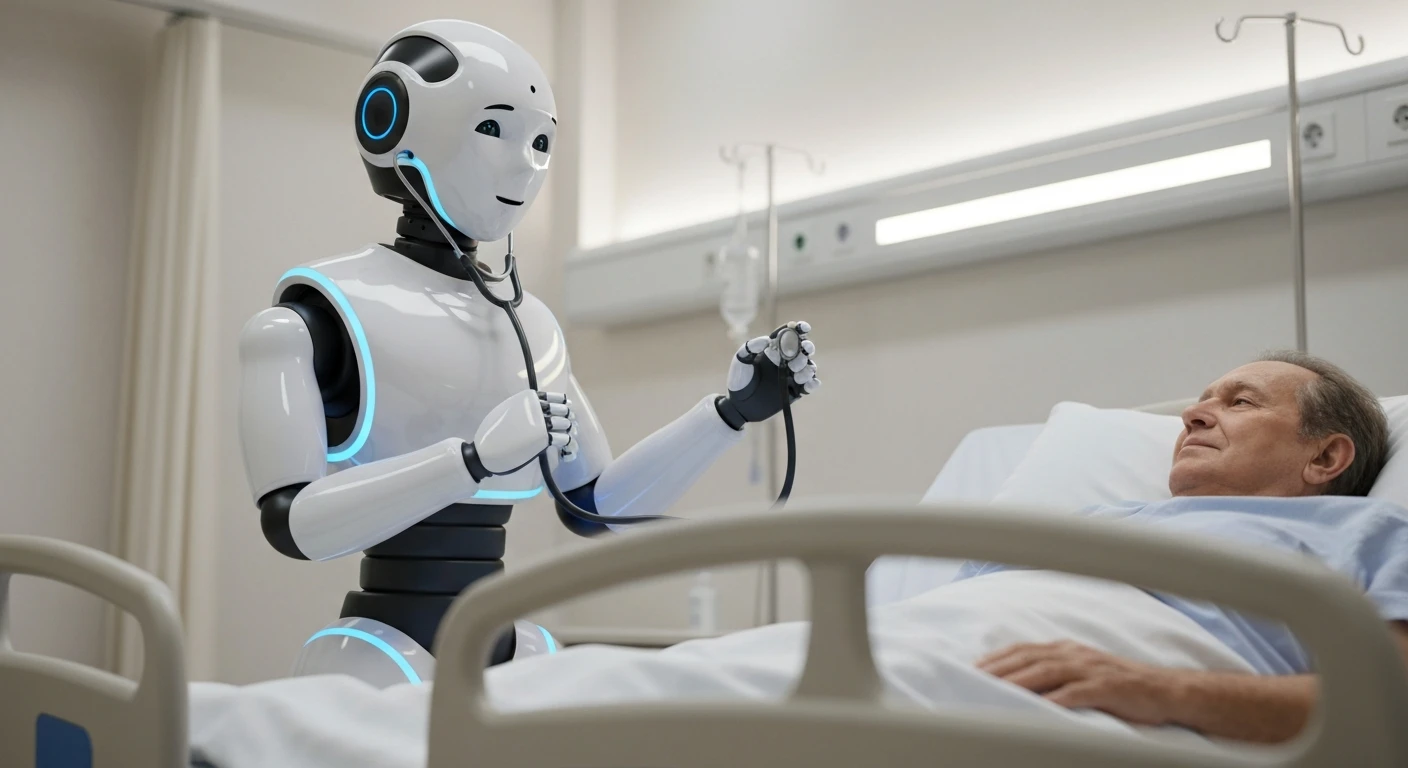The health care landscape is undergoing a seismic shift, with artificial intelligence (AI) emerging as a powerful force capable of revolutionizing patient outcomes and operational efficiency, as evidenced by over 1,200 FDA-approved AI medical devices already in use. Yet, this rapid integration raises critical questions about safety, ethics, and trust. This roundup dives into diverse perspectives from industry leaders, policymakers, and health care providers to explore how AI can transform health care while addressing the pressing need for safeguards. The aim is to synthesize varying opinions and practical insights to guide stakeholders in navigating this complex terrain.
Exploring AI’s Impact on Health Care: A Multifaceted Revolution
Harnessing AI for Enhanced Patient Care: Innovations and Concerns
Industry insights reveal a consensus on AI’s ability to redefine diagnostics and treatment. Advanced imaging tools powered by AI are enabling earlier detection of conditions like diabetic retinopathy, often catching subtle signs that human eyes might miss. Ambient listening technologies are also gaining traction, automating clinical documentation to free up valuable time for patient interaction, a point frequently emphasized by hospital administrators focused on improving care delivery.
However, not all views align on the implications of such advancements. Some health care providers caution against over-reliance on automation, highlighting the risk of diminishing the human connection that lies at the heart of medicine. The debate centers on whether AI tools might inadvertently prioritize efficiency over empathy, potentially altering the patient experience in unintended ways.
Balancing these perspectives, there’s a shared recognition that while AI offers remarkable precision in diagnostics, its integration must be carefully monitored. Reports from regulatory bodies stress the importance of maintaining rigorous validation processes to ensure that these tools do not compromise accuracy or introduce unforeseen errors into clinical settings.
Supporting Providers with AI: Efficiency Versus Autonomy
AI’s role in alleviating provider burnout is another focal point of discussion among health care professionals. Automated scheduling systems and note-taking applications are being lauded for reducing administrative burdens, allowing clinicians to dedicate more time to direct patient care. Many hospital systems report tangible improvements in staff satisfaction as a result of these innovations.
On the flip side, concerns arise about the potential erosion of clinician autonomy. Some industry observers note instances where AI tools, particularly when misused by insurers for claims processing, lead to inappropriate denials of care, undermining medical judgment. This tension between efficiency and decision-making authority remains a hot topic in professional forums.
A middle ground emerges in suggestions from health system leaders who advocate for AI as a supportive tool rather than a replacement for human expertise. The emphasis lies in designing systems that enhance, rather than dictate, clinical decisions, ensuring that providers retain control while benefiting from technological advancements.
Addressing Ethical and Security Challenges in AI Deployment
Ethical dilemmas surrounding AI in health care draw significant attention, with many pointing to the “black box” nature of certain algorithms as a major hurdle. When decision-making processes within AI models remain opaque, undetected biases or errors can compromise patient safety, a concern echoed across academic and clinical circles.
Cybersecurity also looms large as a challenge, with aggregated patient data becoming a prime target for breaches. Stakeholders in health technology stress that third-party AI vendors, often outside traditional privacy regulations, pose additional risks to protected health information, prompting calls for stricter oversight.
Amid these challenges, there’s a growing push for standardized testing and transparency in AI development. Industry coalitions are advocating for protocols that ensure reliability across diverse health systems, aiming to address regional disparities in implementation and build trust among both providers and patients.
Building Safeguards Through Policy and Regulation
Policy frameworks to govern AI in health care are a critical area of focus, with widespread agreement on the need for clinician oversight in AI-driven decisions. Regulatory advocates argue that extending privacy protections to non-traditional entities involved in AI development is essential to prevent misuse of sensitive data.
Differing views exist on the pace and scope of regulation. Some policymakers favor a cautious approach, warning that overly restrictive rules could stifle innovation, while others push for immediate, comprehensive standards to preempt potential harms. This divide reflects broader tensions between fostering progress and ensuring accountability.
Despite these differences, a common thread is the call for transparency in AI models. Collaborative efforts between health care organizations and government bodies are seen as vital to developing voluntary testing standards, ensuring that innovation proceeds hand-in-hand with robust safety measures over the coming years, from 2025 onward.
Synthesizing Key Perspectives on AI in Health Care
The roundup of opinions reveals AI as a double-edged sword in health care, offering transformative benefits while demanding careful navigation of risks. On one hand, diagnostics and operational efficiencies are being reshaped by AI tools, with broad support for their potential to improve patient outcomes and provider well-being. On the other hand, ethical pitfalls, data security threats, and the specter of diminished human oversight remain pressing concerns that unite stakeholders in their call for vigilance.
Practical takeaways emerge from these discussions, including the integration of human judgment in AI processes to maintain clinical integrity. Robust cybersecurity protocols are deemed non-negotiable to protect patient data, while transparent testing of AI models is advocated to ensure fairness and accuracy across applications.
Divergent views on policy approaches highlight the complexity of regulating a rapidly evolving field. While some prioritize immediate safeguards, others emphasize flexibility to encourage growth, underscoring the need for ongoing dialogue among health care leaders, technologists, and legislators to strike an effective balance.
Reflecting on the Path Traveled with AI in Health Care
Looking back, the discourse around AI in health care captured a dynamic interplay of optimism and caution among diverse voices. The shared enthusiasm for AI’s capacity to enhance diagnostics and reduce provider stress stood alongside sober reflections on ethical and security challenges that demanded attention. Moving forward, actionable steps emerged as a priority—stakeholders were urged to champion collaborative frameworks that embed human oversight and transparency into AI systems. Further exploration of evolving standards through industry publications and policy updates was encouraged to deepen understanding and influence safe adoption. The journey illuminated a clear imperative: to harness AI’s potential, the health care community must commit to sustained partnership and innovation in governance.









